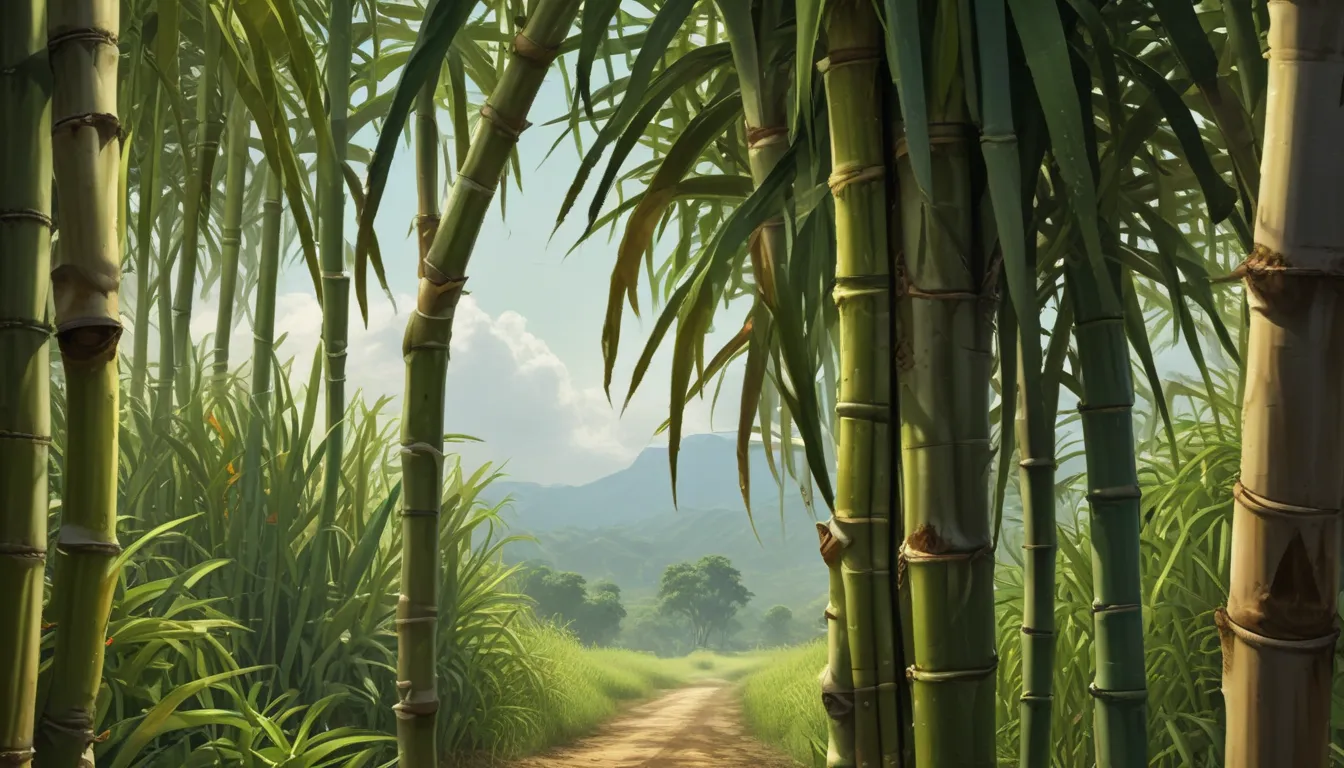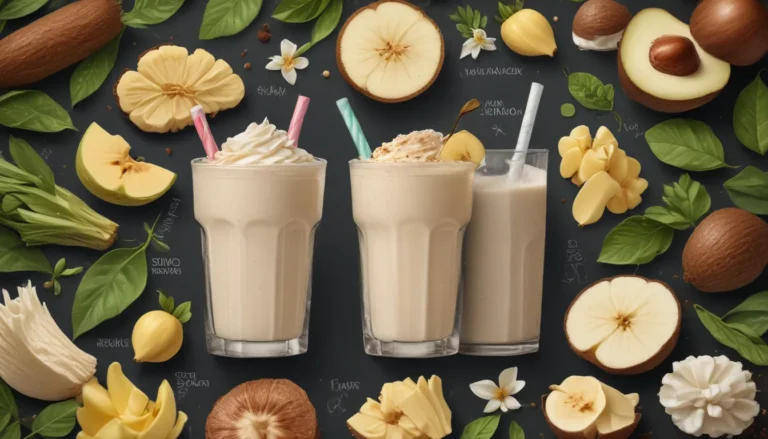The pictures in our articles might not always show exactly what the text is talking about. We use these images to make the article more interesting and eye-catching. They are there to add to the text, but not to replace it or show every detail.
Sugar cane, a tall perennial grass known for its sweet sucrose, has captivated civilizations for centuries. Originating from tropical regions like New Guinea, this versatile crop has found its way into various products, from sugar to rum. Let's embark on a journey to unveil 20 fascinating facts about sugar cane, shedding light on its rich history, cultivation, uses, and nutritional value.
Unveiling the Origins of Sugar Cane
Sugar cane, a perennial grass belonging to the grass family, can reach up to 20 feet in height. Cultivated in tropical and subtropical regions worldwide, sugar cane traces its roots back to New Guinea, spreading through Southeast Asia to countries like India, Persia, and Europe.
The Sweet Essence of Sugar Cane
At the core of sugar cane lies sucrose, a natural sugar responsible for its delightful sweetness. Sugar cane serves as a primary source of sucrose, offering a variety of sugar types like granulated sugar, brown sugar, and molasses, each with its distinct characteristics.
Brazil’s Sweet Legacy in Sugar Cane Production
Renowned as the largest producer of sugar cane globally, Brazil's tropical climate and fertile soil create an ideal environment for cultivating this crop. However, sugar cane's thirst for water necessitates efficient irrigation systems in areas with scarce rainfall.
Harvesting the Essence of Sugar Cane
The process of harvesting sugar cane involves cutting the mature stalks close to the ground, followed by transportation to sugar mills for further processing. In some cultures, individuals chew on raw sugar cane stalks to extract its refreshing juice.
Sugar Cane: Beyond Sweetness
Beyond its sweet essence, sugar cane serves other valuable purposes. Bagasse, a byproduct of sugar cane processing, finds utility in biofuel production, animal feed, and fiber-based products. Additionally, sugar cane's high sugar content makes it an excellent source for producing ethanol.
Nourishing the Earth: Sugar Cane’s Environmental Role
Sugar cane cultivation contributes to improving soil fertility through its deep-rooting system, enhancing nutrient cycling and reducing soil erosion. Its biomass can be converted into biofuels, offering a renewable energy source that aids in carbon sequestration.
Culinary Delights with Sugar Cane
Sugar cane's versatile nature extends to culinary traditions worldwide, enhancing the flavor of beverages, desserts, and savory dishes. Blackstrap molasses, a byproduct of sugar cane processing, adds a bittersweet touch to baking and cooking.
A Sustainable Crop with Economic Significance
Considered a sustainable crop, sugar cane plays a vital economic role in many countries, providing employment opportunities and supporting the livelihood of farmers and workers in sugar cane-producing regions. Its diverse uses, from jaggery production to environmental benefits, showcase the multifaceted nature of sugar cane.
Unraveling the Potential of Sugar Cane
Exploring the diverse facets of sugar cane reveals a wealth of possibilities, from its historic origins to its modern-day applications in various industries. As a renewable resource with environmental benefits and economic significance, sugar cane continues to play a pivotal role in shaping our world.
FAQs: Unveiling Sugar Cane’s Secrets
Where does sugar cane originate from?
- Sugar cane traces its origins back to New Guinea and has since spread to various regions worldwide.
How is sugar cane harvested?
- Sugar cane harvesting involves cutting the stalks close to the ground and transporting them to processing facilities for juice extraction.
Are there environmental benefits to sugar cane cultivation?
- Yes, sugar cane cultivation aids in reducing soil erosion, promoting carbon dioxide absorption, and serving as a renewable energy source through biofuel production.
What are the nutritional benefits of sugar cane?
- Sugar cane is a good source of dietary fiber, iron, calcium, and vitamin C. However, moderate consumption is advised to prevent adverse health effects.
In Conclusion
As we delve into the myriad facets of sugar cane, we uncover its rich history, diverse uses, and environmental and economic significance. From its ancient origins to its modern-day applications, sugar cane stands as a testament to the ingenuity of humanity in harnessing nature's bounty for sustenance and progress. Let's savor the sweetness of sugar cane while appreciating its multifaceted contributions to our world.






